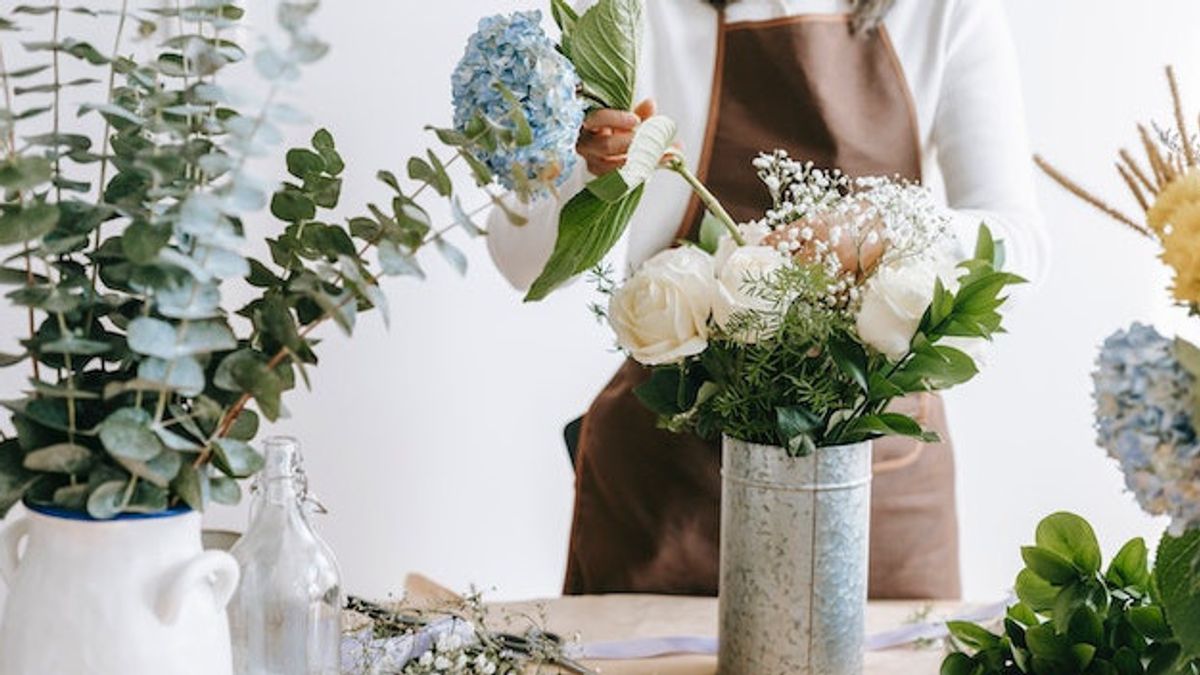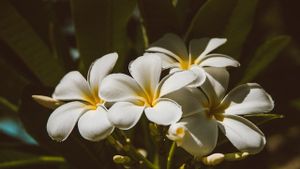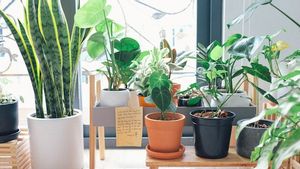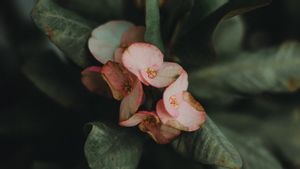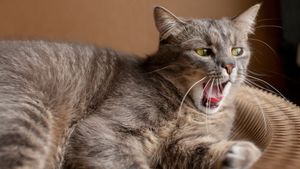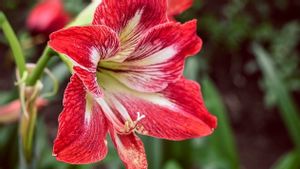JAKARTA - Ornamental plants function to revive the room. But, if you also have pets, especially cats. It would be nice to re-examine whether the plant is safe or not for your favorite cat.
In small cases, toxic plants can cause digestive disorders or skin irritation. But in more serious cases, organ failures, seizures, and even death can cause organ failure.
For this reason, VOI launched information from Reader's Digest, Thursday, August 3, sharing information on types of ornamental plants that need to be kept away from the cat's reach.
Toxic components: Oxalat potassium is not soluble
This indoor plant is indeed beautiful, but very toxic, it even threatens the life of your favorite cat, says Shelly Zacharias, DVM, a veterinarian and vice president of medical affairs at the Gallant. This plant can interfere with the work function of the cat's kidneys.
Instead, you can choose a white orchid. This plant is not toxic to pets, it seems no less beautiful and easy to care for.
Toxic components: Eucalyphtol
Popular because of its fragrant and calming leaves, eucalyptus plants must be kept away from the cat's reach.
"Signs that are quite significant if your cat accidentally eats eucalyptus can be seen from hypersalivization, vomiting, decreased appetite, and diarrhea," said Jo Myers, DVM, veterinarian for JustAnswer.
These symptoms are relatively small and disappear without special treatment within 24 hours. Myers added that the higher concentration of eucalyphtols in eucalyptus essential oils, so avoid this plant if you have a cat.
Instead of eucalyptus, you can choose rosemary. This plant also has a calming aroma. Even, it serves to repel mosquitoes.
Toxic components: Oxalat potassium is not soluble
Having shady leaves and looking exotic, it's no wonder that elephant ear plants are very popular. Unfortunately, you can't raise a cat if you have this plant because it contains calcium oxalat that is not soluble and can cause kidney failure in the cat.
You can choose other plant alternatives such as a calathea medal which also offers a tropical sensation through thick green leaves such as elephant ears. It is also a low care plant and is safe for cats.
Toxic components: Unknown
Called a rubber plant, jade ornamental plants can cause vomiting, neurological symptoms such as incoordinate and even depression, says Dr. Zacharias. Toxic components are not fully understood at this time, but it is important to immediately seek animal care if you suspect a cat eating this plant.
You can exchange jade plants for hasworthia retusa, a type of succulent that has the same thick and watery leaf structure as jade. Bonusnya, haworthia retusa is safe for cats.
另请阅读:
Toxic components: Saponin, antraquinon
Loved because it has many functions, it turns out that aloe vera is dangerous for cats. Aloe vera gels themselves are actually considered edible when extracted, but thick plant materials that surround gels can cause digestive disorders (including vomiting), sluggishness, and diarrhea.
To make it safer, choose a zebra succulent which is smaller in shape but offers aesthetics similar to the crocodile's tongue. You can buy this plant in various sizes and colors, and because this is also a type of succulent, the treatment is also easy.
Toxic components: Cyanogenic Glicoside
Hydrangea is known for its beautiful flowers that are fertile and colorful, but can cause your cat to get sick if consumed.
Most cats will convert to nausea, hypersalivation, and start vomiting. Diarrhea usually follows and can bleed, explained Dr. Myers.
Available in a variety of beautiful colors, zinc is an excellent non-toxic alternative to cats other than hydrangea.
Toxic components: Tulipalin A and B
The spring favorite, worry about one of the most famous toxic plants for cats. According to Dr. Zacharias, all parts of Howl plants are very toxic. The reactions include vomiting, depression, diarrhea and hypersalivization. Consult with veterinarians immediately to control clinical signs and prevent dehydration.
Instead ofmen, choose other spring favorite flowers such as peony. This smooth flower, technically known as the Japonica kamelia, comes in many colors and offers a calming mix of pastel color beauty.
When your cat vomits, avoid giving hydrogen peroxide or other free emethic drugs such as ipecac, or whatever kind of drug you read on the internet. It would be great to go to a veterinarian for help.
The English, Chinese, Japanese, Arabic, and French versions are automatically generated by the AI. So there may still be inaccuracies in translating, please always see Indonesian as our main language. (system supported by DigitalSiber.id)
